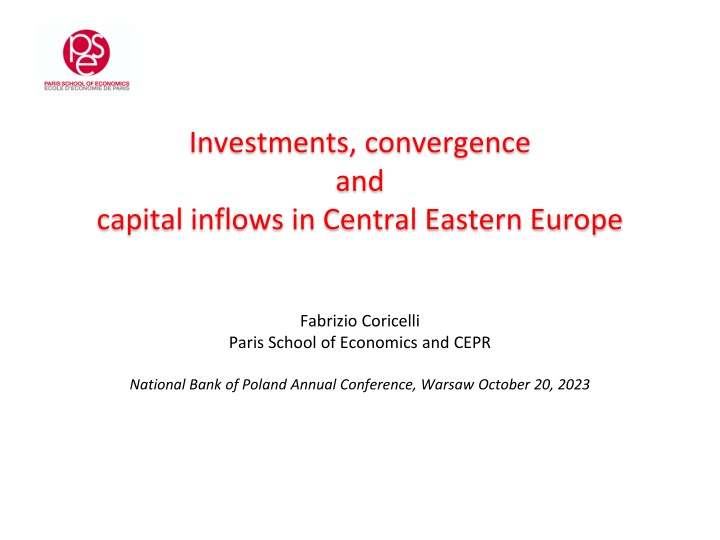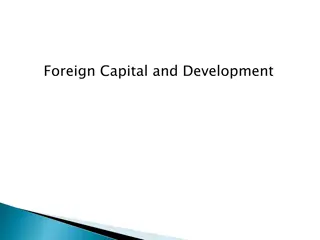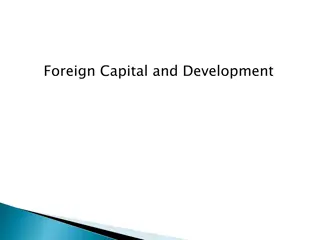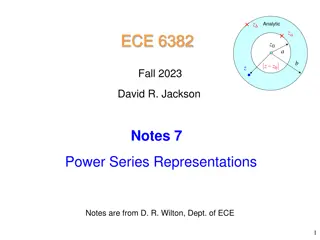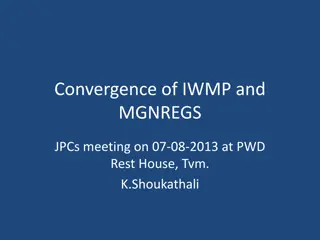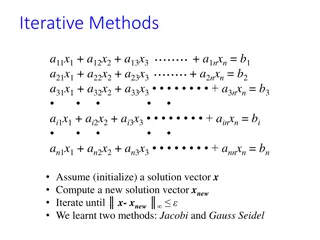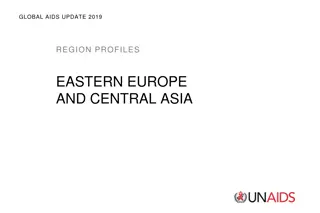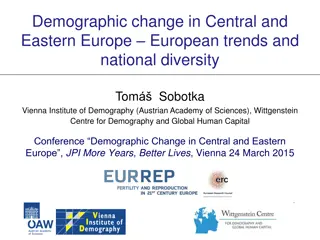Insights into Investments and Convergence in Central Eastern Europe
Explore the dynamics of investments, convergence, and capital inflows in Central Eastern Europe, delving into the role of investment capital in the convergence process, the impact of foreign capital, and the heterogeneity across various countries in the region. Discover how savings, investments, GDP per worker, and TFP levels shape the economic landscape of CEE countries.
Download Presentation

Please find below an Image/Link to download the presentation.
The content on the website is provided AS IS for your information and personal use only. It may not be sold, licensed, or shared on other websites without obtaining consent from the author.If you encounter any issues during the download, it is possible that the publisher has removed the file from their server.
You are allowed to download the files provided on this website for personal or commercial use, subject to the condition that they are used lawfully. All files are the property of their respective owners.
The content on the website is provided AS IS for your information and personal use only. It may not be sold, licensed, or shared on other websites without obtaining consent from the author.
E N D
Presentation Transcript
Investments, convergence and capital inflows in Central Eastern Europe Fabrizio Coricelli Paris School of Economics and CEPR National Bank of Poland Annual Conference, Warsaw October 20, 2023
Convergence in Incomes per capita of CEE 5.0% Growth rates over 1995- 2023 3.8% Growth rate Clear absolute convergence 2.5% Germany Convergence rate: 2.6% per year 1.3% Convergence not only vs Germany but also among CEE 0.0% 9. 9.5 10. 10.5 11. Initial GDP pc (in log)
Investments and convergence What is the role of investment in capital in the convergence process? What is the role of foreign capital?
Heterogeneous picture Two groups First: - Czech Rep., Hungary, Slovenia and Latvia High K/L but low TFP levels (rel. to Germany): - change (TFP growth) Further convergence requires technological 5
Second group Low K/L ratio: - Poland, Slovak Rep., Estonia and Lithuania - Further convergence passes through investment growth TFP: - Germany - The others have still a significant gap to fill relative to Germany Poland the exception, with TFP at the same level as
Dynamics Worrying signals from the dynamics K/L: since 1995, Poland, Slovenia, and the Baltics show raising capital-labor ratios, flat for the others Similar for TFP: Poland and the Baltics on a increasing trend, while the others show no improvements
Role of foreign financing Up to the global financial crisis large net inflows of foreign capital supported investments Large gap between savings and investments, except for Slovenia After the GFC the gap sharply narrowed 8
Inefficiencies In a context of reduced capital inflows Domestic savings would need to increase sharply now Inefficient, given that still large gaps in GDPpc exist and thus convergence calls for high income in the future
Looking forward: External constraint becomes stricter Potential bad news for CEE Green transition calls fore large investments also in core EU countries Reducing the potential inflows for CEE Plus, huge need for infrastructural investments in Germany beyond the green transition EU enlargement can redirect EU funds from CEE to new members
